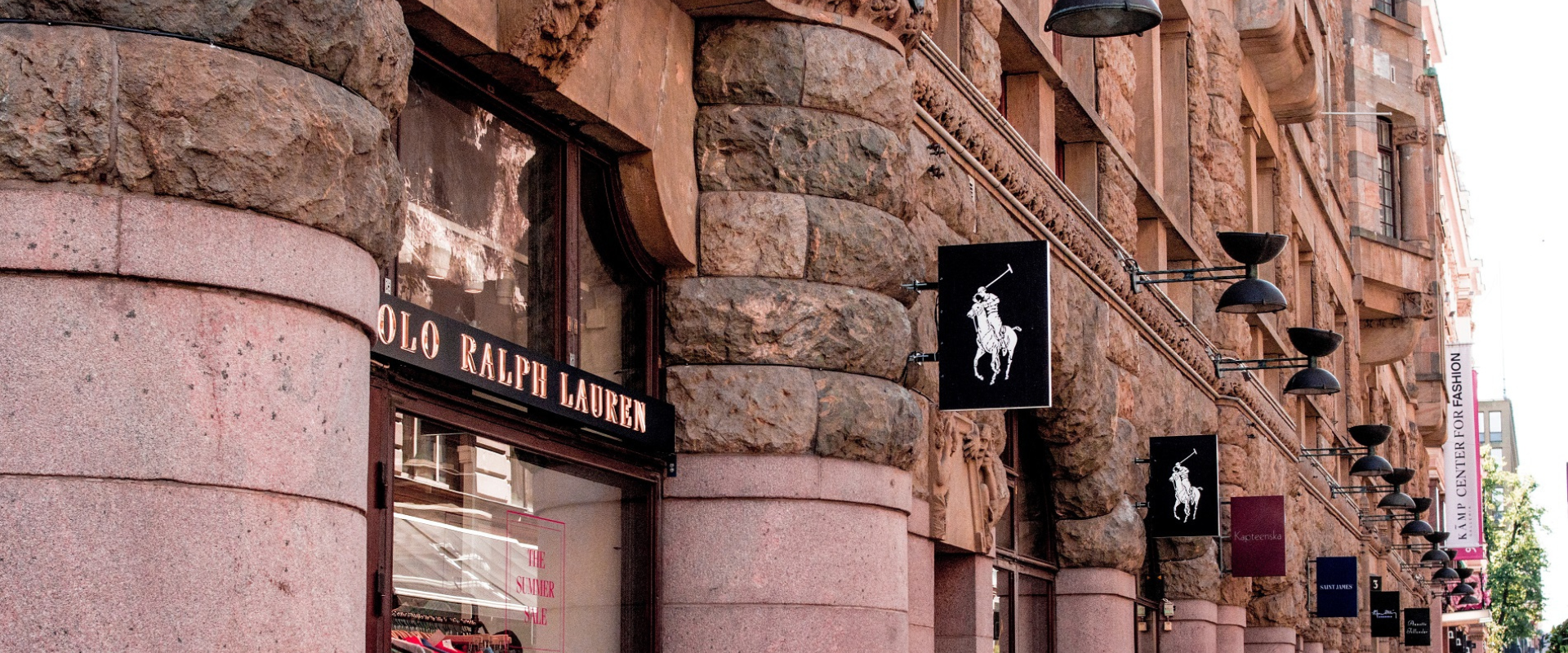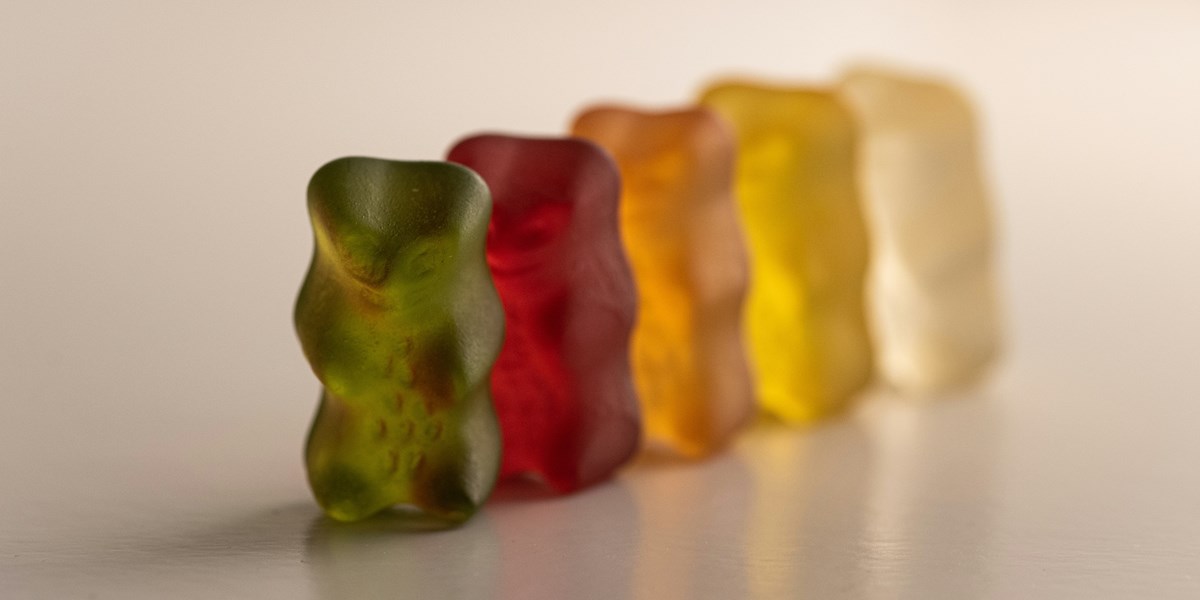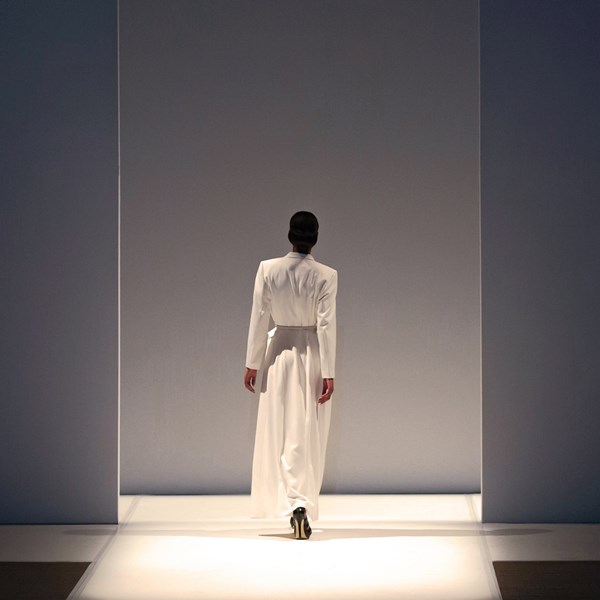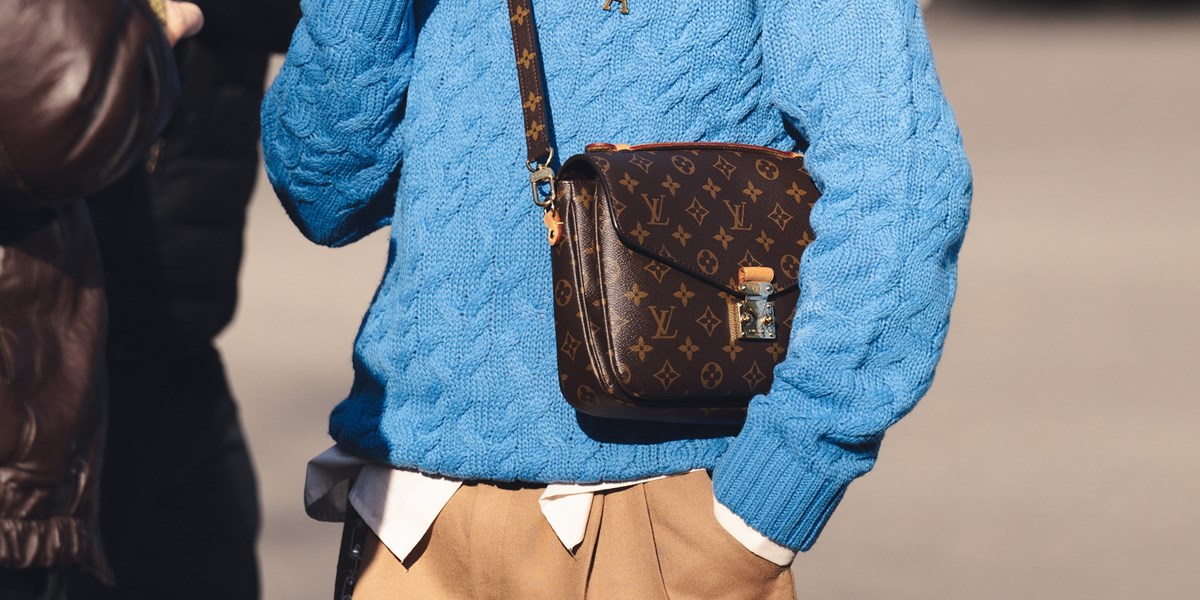The issue of a crowded market - that is, prevalence of similar brands in the same commercial field - was referred to in various fashion and footwear decisions in 2023. From gold-soled heels to parallel varsity stripes and horse-and-rider polo motifs, what can brands learn about protecting their marks in seemingly saturated markets?
There is no such thing as a new idea. It is impossible. We simply take a lot of old ideas and put them into a sort of mental kaleidoscope” Mark Twain
SHOE SOLES
Obtaining a proprietary right in a coloured shoe sole is a well-trodden path with Christian Louboutin obtaining controversial protection for its iconic red shoe sole in a number of territories. An EU trade mark application by Yeshua Investment Consulting LLC, for a metallic gold shoe sole, was recently rejected by the EUIPO. Interestingly, and like the Louboutin trade mark, this application was expressed as a position mark where the colour gold is applied to a specific part of the shoe. The EUIPO considered that metallic gold is a common colour used in the industry to denote upmarket goods, and that it is also commonplace for footwear soles. The challenge with position marks is in showing that the relevant public would perceive the mark as an indication of origin. With no other indicators of brand origin to make the mark stand out from the crowd, the trade mark was not distinctive. Contrast this case with Louboutin’s iconic red shoe soles, for which it has achieved only some trade mark protection, it comes as no surprise that the metallic gold application was unsuccessful.
VARSITY STRIPES
Early in 2023, luxury fashion designer Thom Browne won a longstanding battle in the US against Adidas over his signature parallel four-stripe logo. Adidas, which owns various registered trade marks for its well-known parallel three-stripe logo in varying forms, sought to claim infringement of its three-stripe mark following Thom Browne’s widely used logo. At a glance the parallel varsity stripe marks are indeed aesthetically similar, and the Thom Browne four-stripe design was initially created in response to Adidas’ enforcement of its three-stripe logo. Essentially, however, the Court had to consider the issue of whether Adidas had enforceable rights in parallel stripes and, unsurprisingly, it concluded that they did not. Of course, parallel stripe designs have long been around, and today are still used across a wide range of clothing. A number of other designers have incorporated the “two stripes”, which can often be found on generic athleticwear (particularly, for example, down the outer side of trousers).
POLO
Despite being an elite sport, played by relatively few worldwide, many readers will be familiar with the ‘horse and rider’ motif - i.e. a silhouette logo of a person on a horse playing polo. Ralph Lauren may first come to mind, along with US Polo Assn (USPA), which are considered the two market leaders in the polo athleisurewear market, but there are many others. The target market for these ‘polo’ brands are unlikely to be polo players, but perhaps the cachet of these brands derives from the prestige surrounding the sport.
There are small variants between all of the brands, such as the orientation of the horse and direction of the mallet, and only Ralph Lauren does not include additional aspects to its logo. Others include company name and/or other indicia such as roundels and banners.
The latest in a string of cases concerning the horse and rider motif was bought by the owner of the Beverly Hills Polo Club (BHPC) against the Royal County of Berkshire Polo Club. The Court dismissed BHPC’s claim for trade mark infringement, considering in some detail the prevalence of other brands in the market, the differences between those brands and the impact that this has when assessing infringement.
BHPC has been granted permission to appeal. The Court of Appeal will no doubt be required to address what scope of protection is available in a saturated market when determining trade mark infringement. Whilst the appeal is outstanding, the High Court judgment will be welcomed by brand owners.
STANDING OUT FROM THE CROWD
So what can brands do to protect their logo in a crowded market?
- The function of a trade mark is to indicate which brand that product or service originates from. The trade mark must enable the relevant public to differentiate one provider from another and so creating differences (either multiple differences, or more noticeable differences) will help.
- When it can be said that the relevant public can differentiate the brand from others in the market, collecting and retaining evidence of acquired distinctiveness will help support a future trade mark application and its enforcement.
- And when use and/or registration has been established, a brand owner needs to take steps to maintain its position in the market, not allowing other brand owners use and/or register similar marks except under regulated circumstances (i.e. a co-existence agreement).






